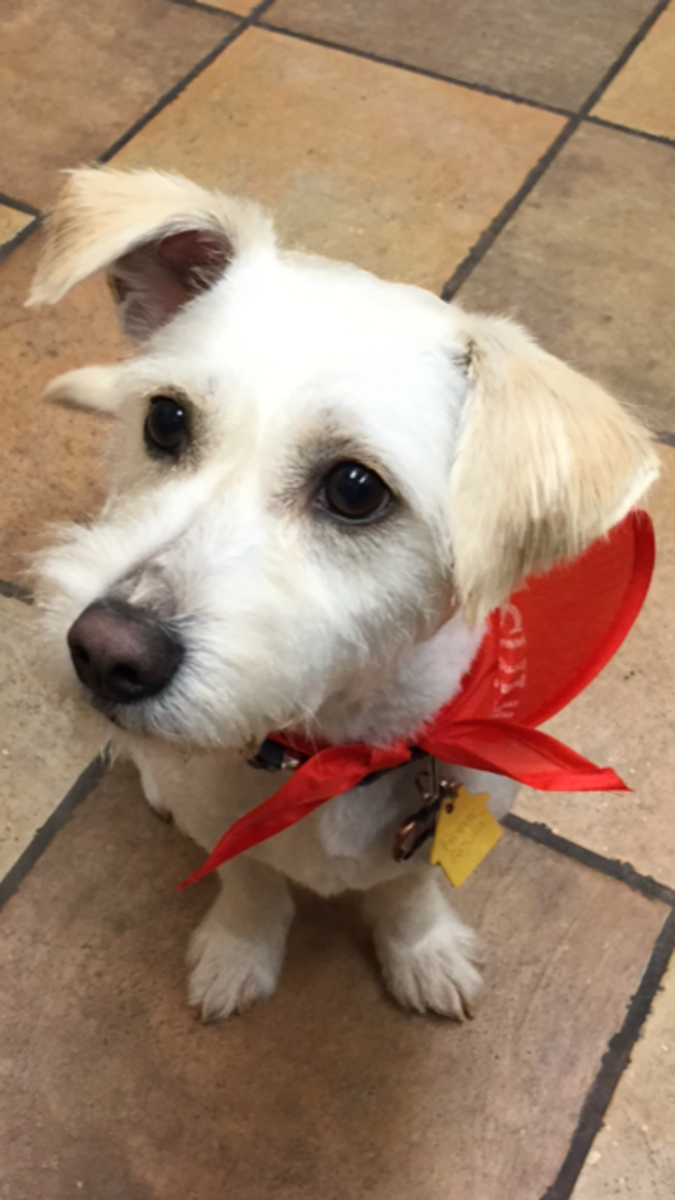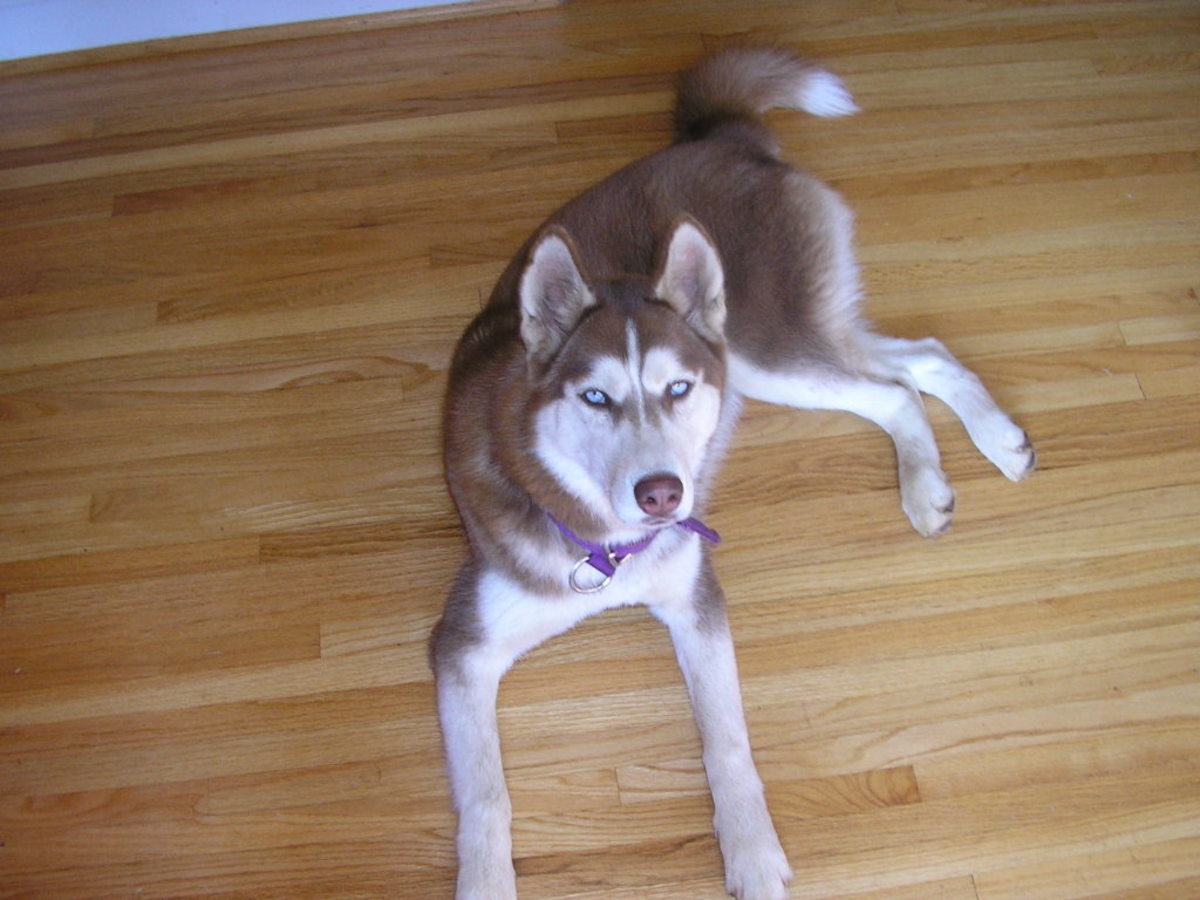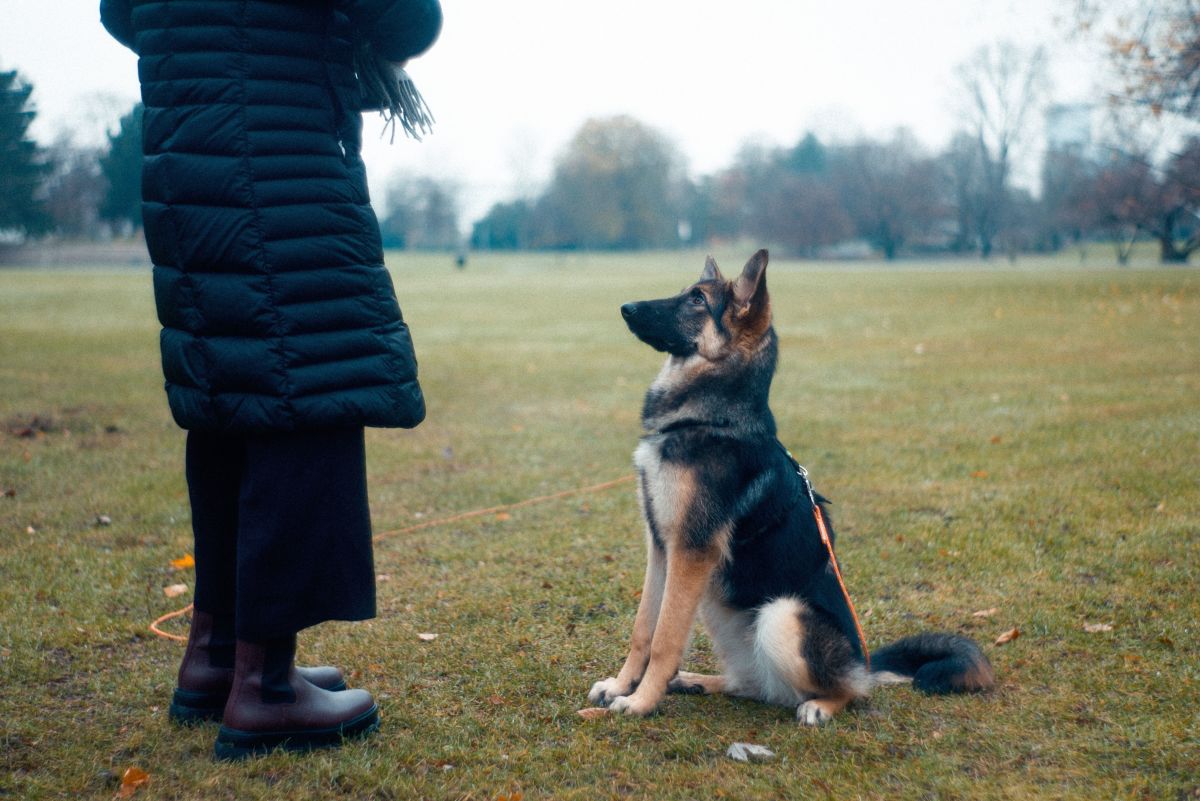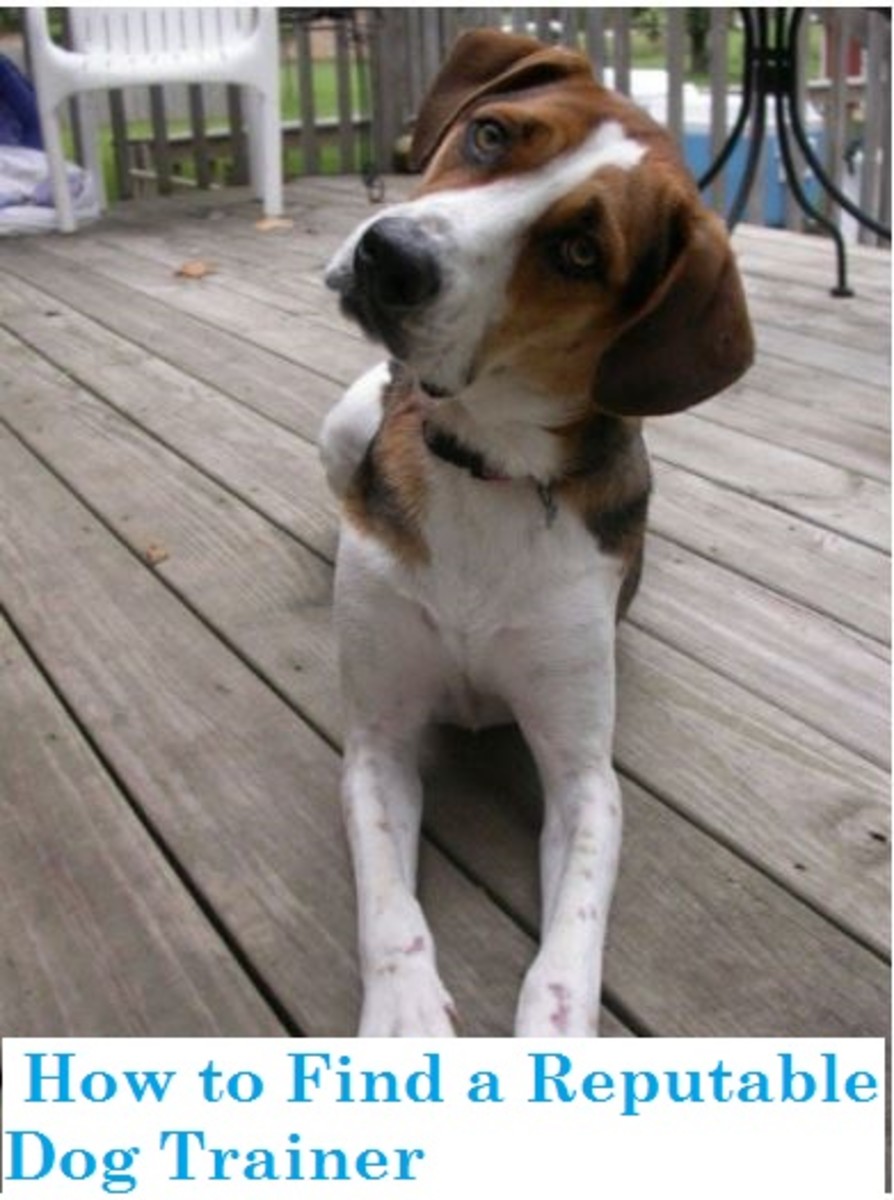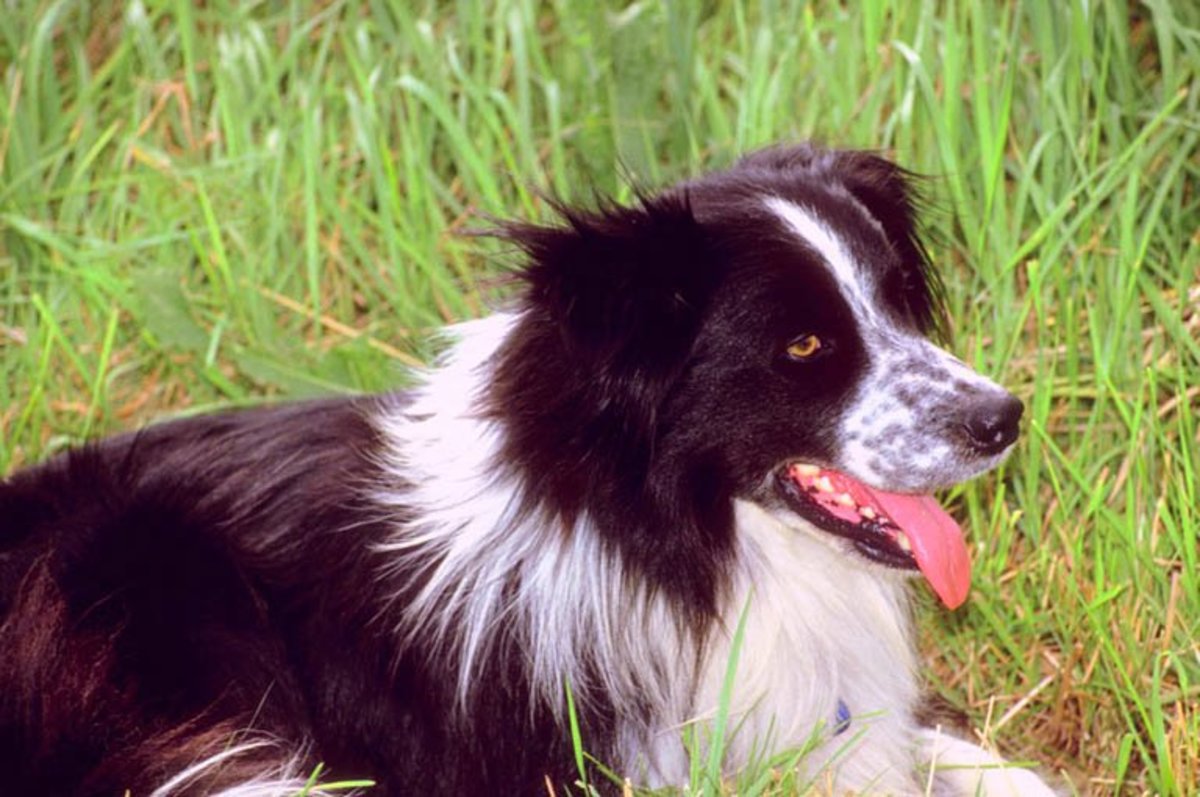How Knowing Yourself and Your Dog Helps Training
Learning Lessons
One of the earliest lessons I had to learn was to forget what I thought a dog "is" or "should be". Forget what the "standard" says a Coton de Tulear should be. Forget what others say a dog should be (regardless of who's saying/writing it) and just work with what I have and take advantage of what I observe objectively.
I also had to learn what I am as a trainer. Considering I never trained an animal before, I had zero idea of what kind of trainer I'd be. I had to learn not to take anyone's methods as being the right way, but instead sift through would might work for me and, more importantly, try it out on Wally and see how HE does with it as well.
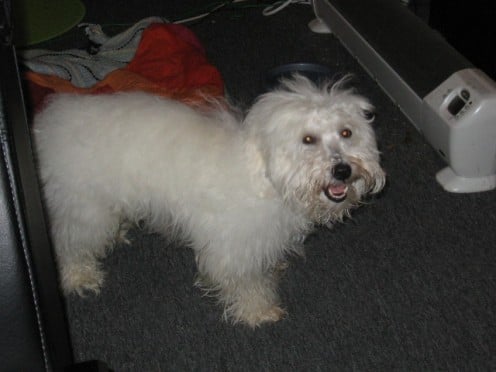
Knowing Thyself
I had to discover what would fit me and my personality. The first thing with that is trying to find the method that would mesh with what I wanted Wally to become. For example, the often mentioned leadership/dominance model was one I tried, thinking "well this is just what a dog is/requires". However, I'm not an overbearing, micro-manager type of person. If anything, I wanted to foster an "I know what to do." attitude in him.
A lot of the dominance/leadership models I ran across said or implied that the dog shouldn't do anything without your direct permission or command. While there are times where I would have to have that level of control, I don't want to be constantly having to tell him do this, do that every time I wanted him to move or perform a behavior. After all, what is he supposed to do when I'm not around giving him orders? Just lie there and not interact with his environment? That didn't sit right with me and I could find myself not following the model, but then sometimes following it, and the inconsistency was just confusing him. It got even worse when I tried to introduce free-form learning methods (which is closer to my personality) like shaping.
Operant Conditioning - Not the Panacea
While I'm an avid follower of the operant conditioning model, even there it wasn't all clear sailing. What do to do about punishment? Is there ever a place for negative reinforcement? How do you always "be positive"? If anything, it got more complicated - I was trying to reward this and punish that, not knowing that I could leave things as "neutral", i.e. they just happened and no real consequence occurred. Like sitting in a chair - that doesn't always give you a consequence. It's just...something that you did.
I had to figure out which of the four aspects I'm going to use and where to fit in the "whatever" response to actions I really, truly, didn't care if he did or didn't do again. But once I got the idea of the "whatever" response, then the rest of the operant model fit with me and was something I could run with.

Knowing Thine Dog
Of course, figuring out me was just part of the equation. I'm not alone in this after all. There's this dog over here that I call myself training. So understanding him will have to be part of the picture, and this is where the time and trial-and-error (yeah, I readily admit to learning by trial-and-error) came into play.
This can be easy, but you'll have to observe your dog in various situations and learn his signals and reactions. You can see if something increases or decreases his enthusiasm (a.k.a drive), how it impacts his emotions, if it's boring him or not, and so on. You can also see if a correction went too far, or if he "didn't get it", or if a reward really interests him. The timing is also important and this changes with the dog and his state of mind and the task at hand. If your dog is an eager worker, you'll have to be faster on the draw if using a mark-and-reward method of reinforcement. You'll have to be faster, also, if he's one that bounces around and gets into everything. Dogs associate things based on what they are doing at the moment, so a slow, plodding dog will give you more time, but also require more patience.
Part of knowing the dog is knowing his personality. Is he the kind of dog where being out of your presence is like dying a little death, or is he the kind that could "take it or leave it" when it comes to you being around? Is he an eager worker for even the slightest praise, or does it have be "worth his while" to make any real effort? Is he food driven or would he rather chase a ball for an hour?
Things like this can give you an insight on how to work, reward, and punish the dog to get the maximum benefit with the minimal risk of creating unwanted side effects. (And, yes, even reward-based training can have side-effects if done with poor timing/understanding of the dog's motivations).
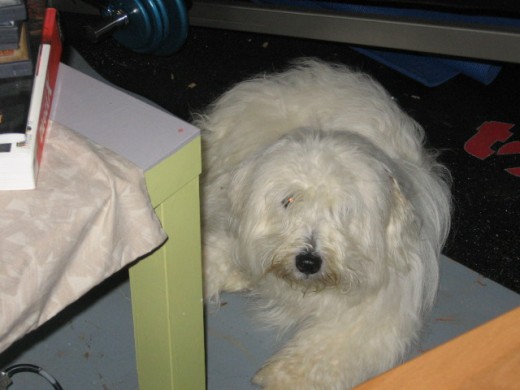
Know Thine Enemies
Oh yes, the dog/owner team has enemies. They can be anywhere and everywhere - from other dogs to well-meaning humans that undermine what you're trying to do with your dog. They can be in the environment or in the home. They can even reside inside you and your dog, hence the expression "your own worst enemy". The trick, though, isn't necessarily to "kill" these dragons, but to be aware of them and try to choose solutions and methods that don't give them a chance to roar, or can shut them up quickly if they do.
Battling the enemies of your training and dog's stability will require more reading - this time of the situations that can cause the dragons to roar and upset what you're trying to build. It is difficult to give suggestions as all situations will be completely different. What's an enemy to me might be friend to you, or have not even entered your picture at all.
For me, the enemies were pretty clear. Wally's fearful. That struck me quickly and was something that has to be managed and dealt with. That also makes the enemies in his environment lurk at every corner. To me, this makes no sense, but I'm not the fearful dog that's wary of everything that's different. This also brought out one of my internal enemies, impatience, especially impatience with "regression" or "backsliding". We could have conquered the Black Trash Bag Dragon for a week, but then for some odd reason, he's scared of it on the 8th day he sees it. I had to learn not to come down on him and risking setting things back even further (he won't associate the unpleasantness with me, but the object he was paying attention to - that's the way he is).
Another enemy was the lack of self-control, and this is meaning in both "bad" and "good" situations. For example, if he's uncertain about something, he didn't have the control to keep himself together. He was run away and that's it. It also meant that if there was something he wanted, he would just go get it, nevermind about anything else. Many times I nearly stepped on him or tripped over him in the beginning because he wanted to cross me to get to sniff something or go somewhere.
Putting It Together
One thing that might help is making a list of the things that would fit in all three categories of Knowing Yourself, Your Dog, Your Enemies. This can help lay things out and be a bit of a reference for when you're looking at different methods and styles for teaching and working with your dog.
If I had to make a profile of both myself and Wally as we stand today, it would look something like what's below:
Wally's Profile
Strengths:
- Eager Worker - He will try hard and give his best. He's easy to reward and every reward just urges him on.
- Understands Patterns - He's a good observer and can understand when things repeat themselves. This helps teaching him context-oriented behaviors.
- Easily Corrected - Often times, I can just use the lightest, least aversive approaches to redirect his behavior. Makes it easier to avoid unwanted side-effects from corrections.
Enemies:
- Fear - Still the biggest enemy we have to deal with. He's getting better, but there's still much work to be done.
- Poor Socialization - This probably had a big hand in creating enemy #1. It also has hindered his social progress with other dogs (just simply lacks experience/confidence) and makes him very wary of new things, even if he's not gone into fear/anxiety mode.
- Doesn't "let go" - When something rattles him, it can take quite a while for him to recover and get his mind back on the task at hand (even if that task is playing a game or enjoying his walk).
My Profile
Strengths:
- Consistency - Things mean the same as they did before (cues, contexts, etc). Patterns get established which can speed learning from environment.
- Foster Independence - I encourage him to be an independent problem solver when possible.
- Acceptance - I try my best to work on his weaknesses without trying to change who he is as a dog.
Enemies:
- Impatience - I can get impatient with him, which doesn't do much except get him worried that I'm mad and he goes into appeasement mode.
- Too independent - I'm willing to bet there were times Wally actually needed some help/guidance and I didn't give it, probably making him think I was upset (unintentional -P applied to him).
- Grudges - Occasionally I find myself "holding grudges" or rather letting all the failures/set backs add up instead of wiping the slate clean after each event. Gotten far better with this, but it flares up occasionally on particularly "bad" days.


